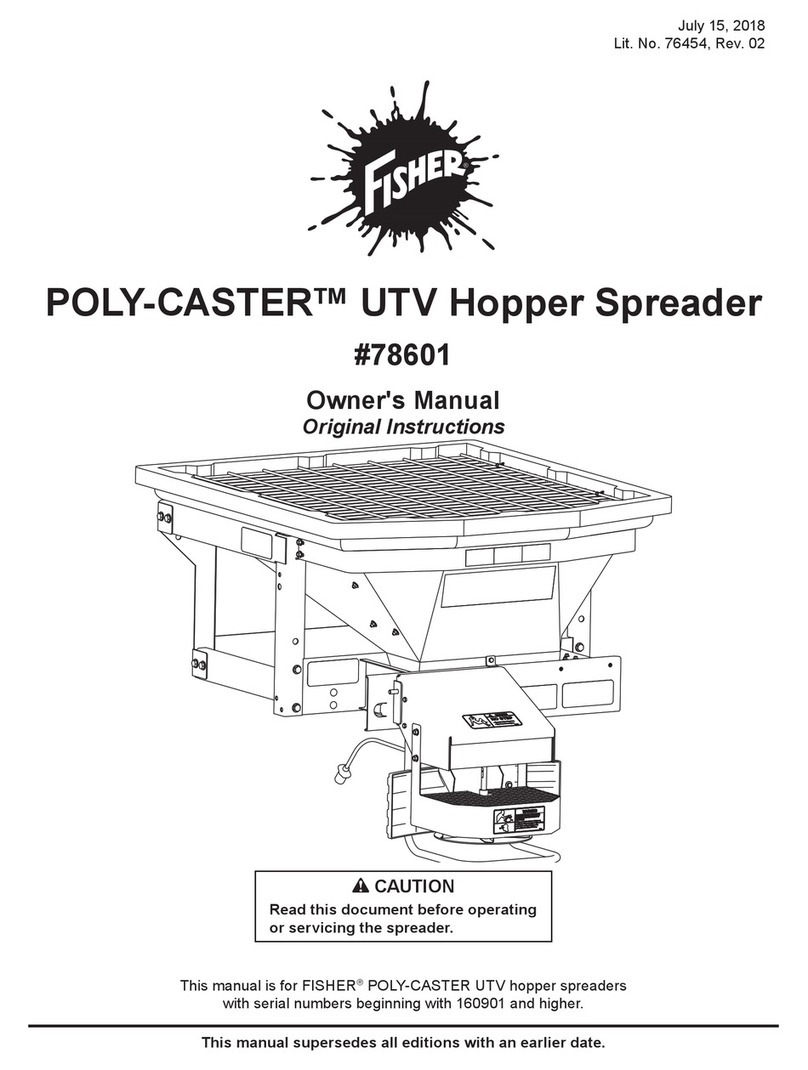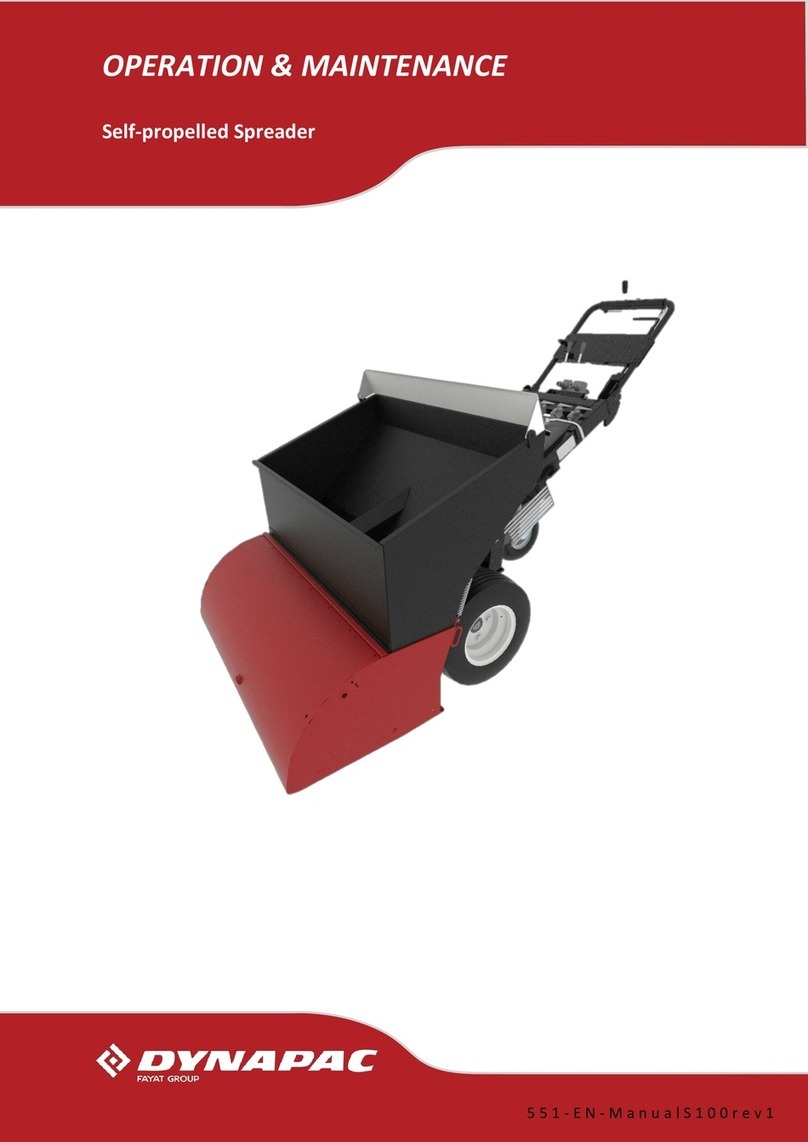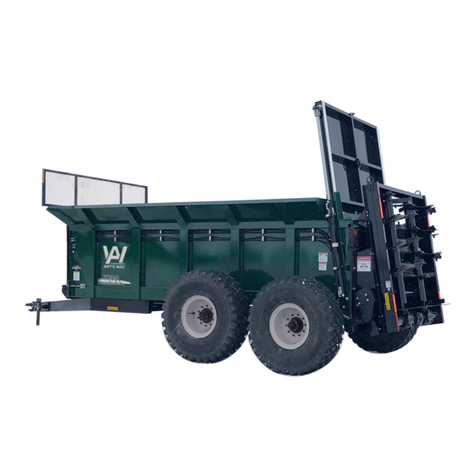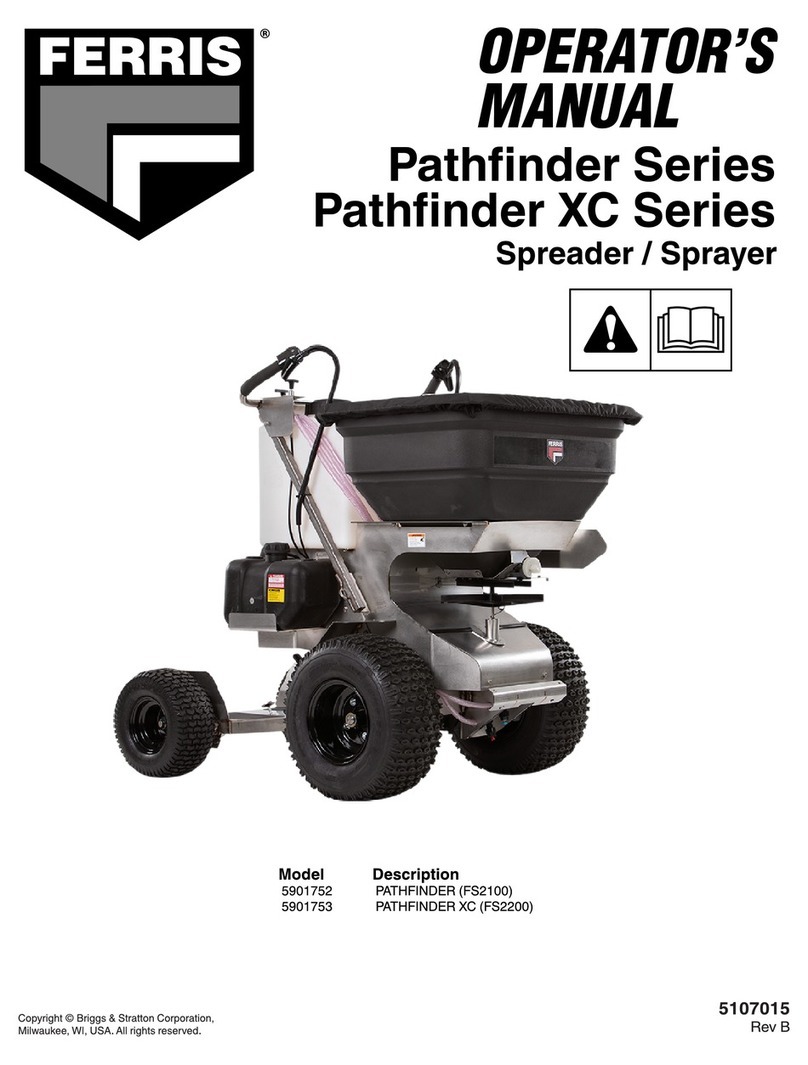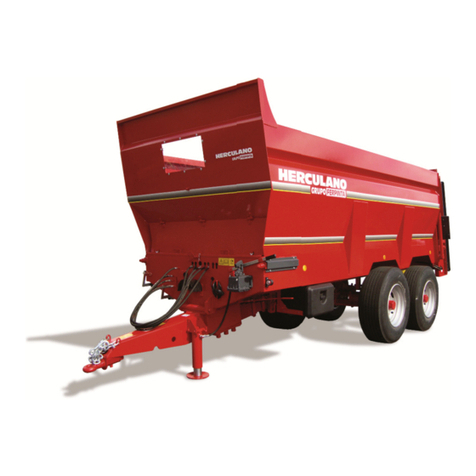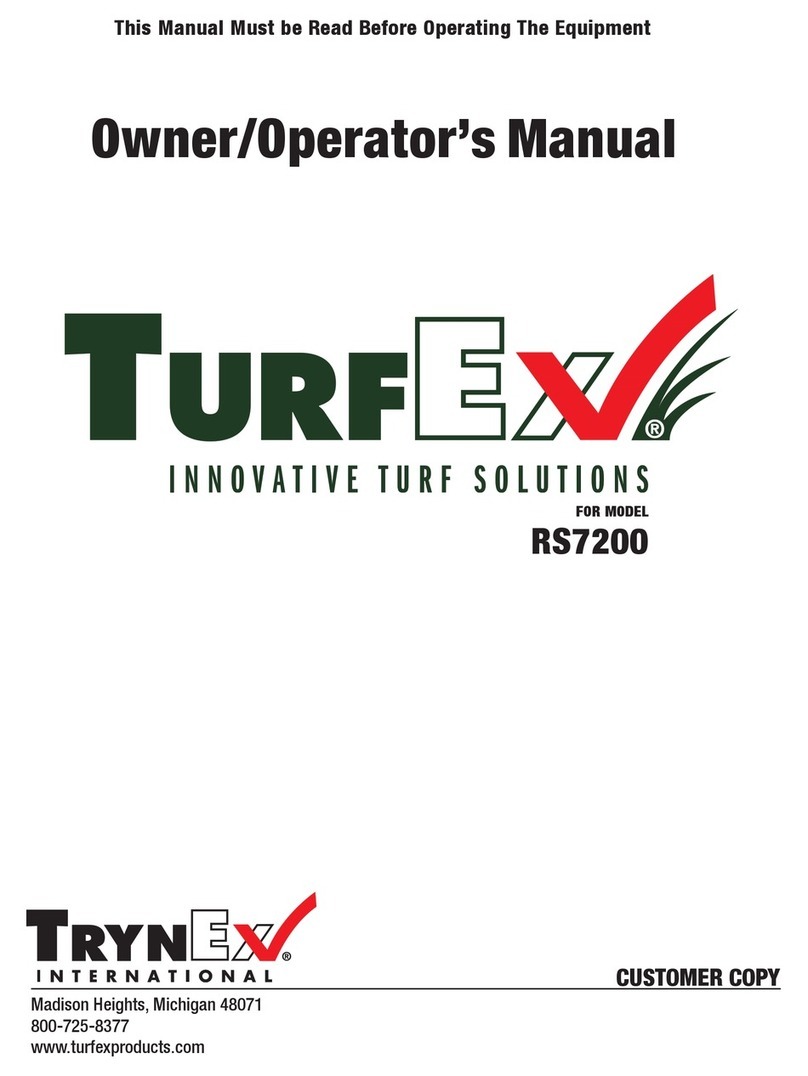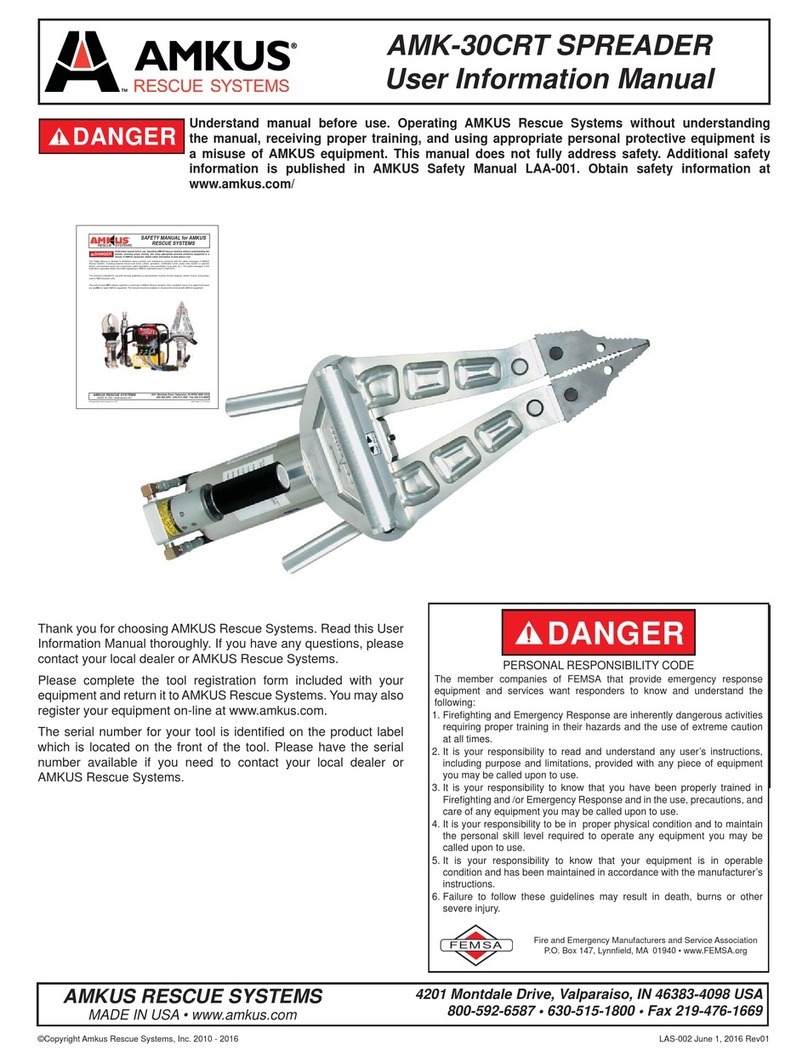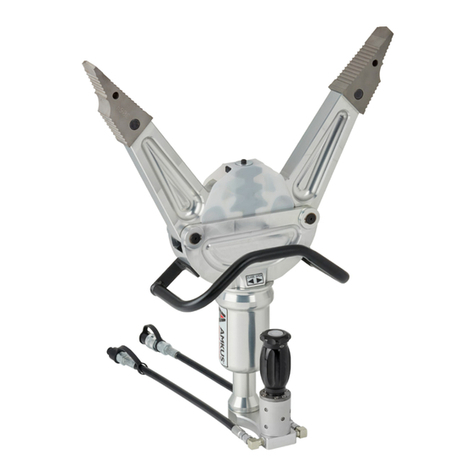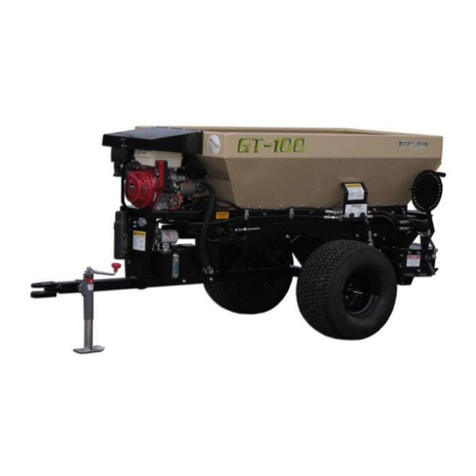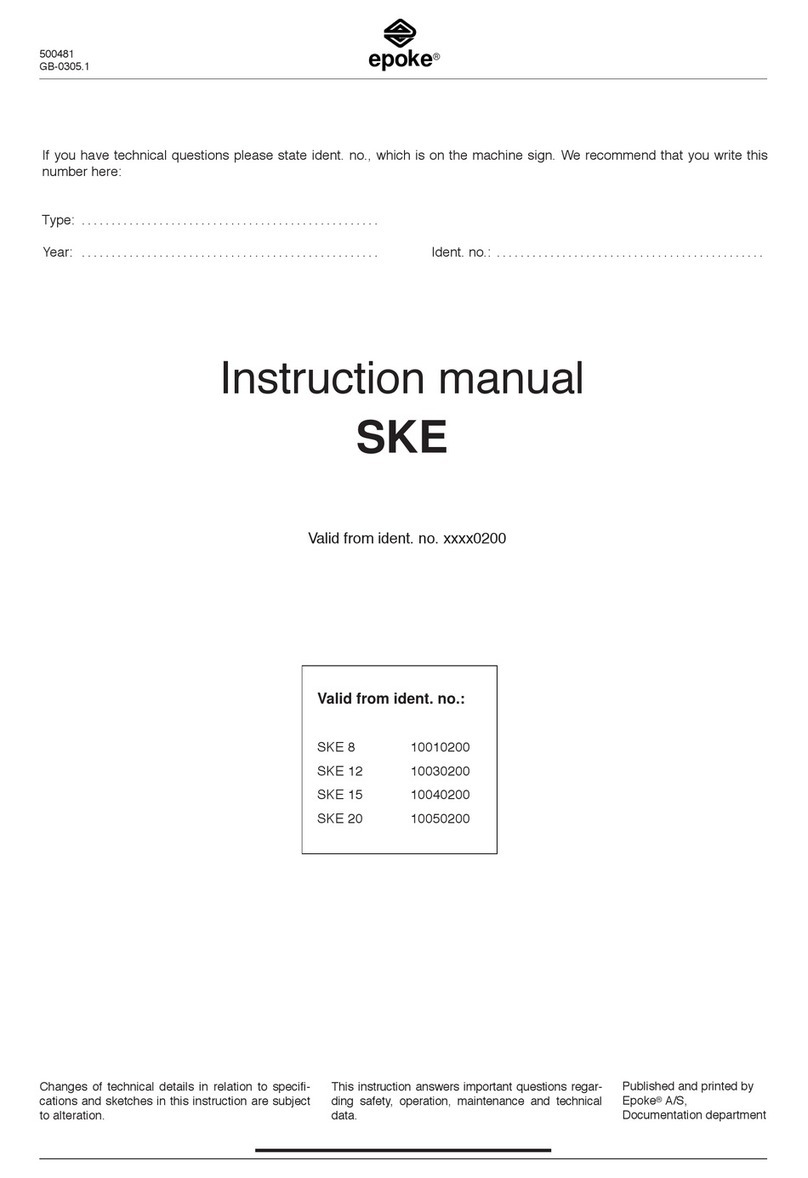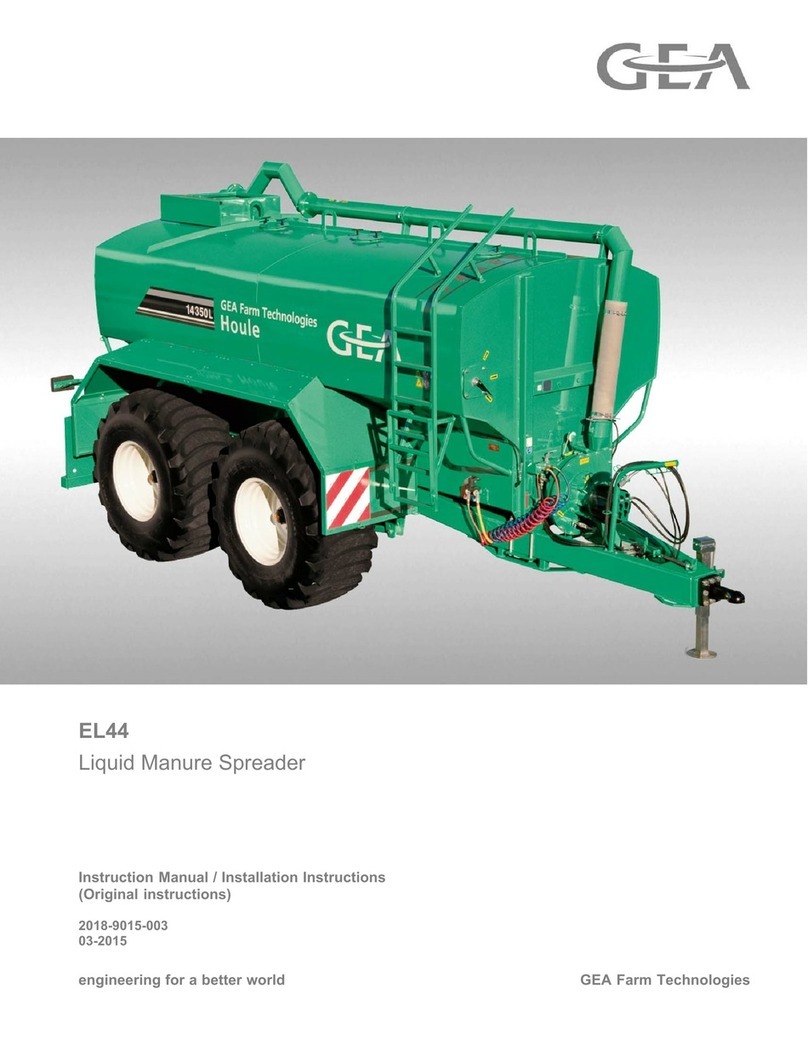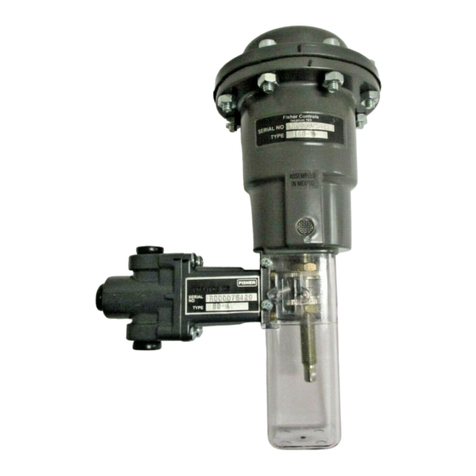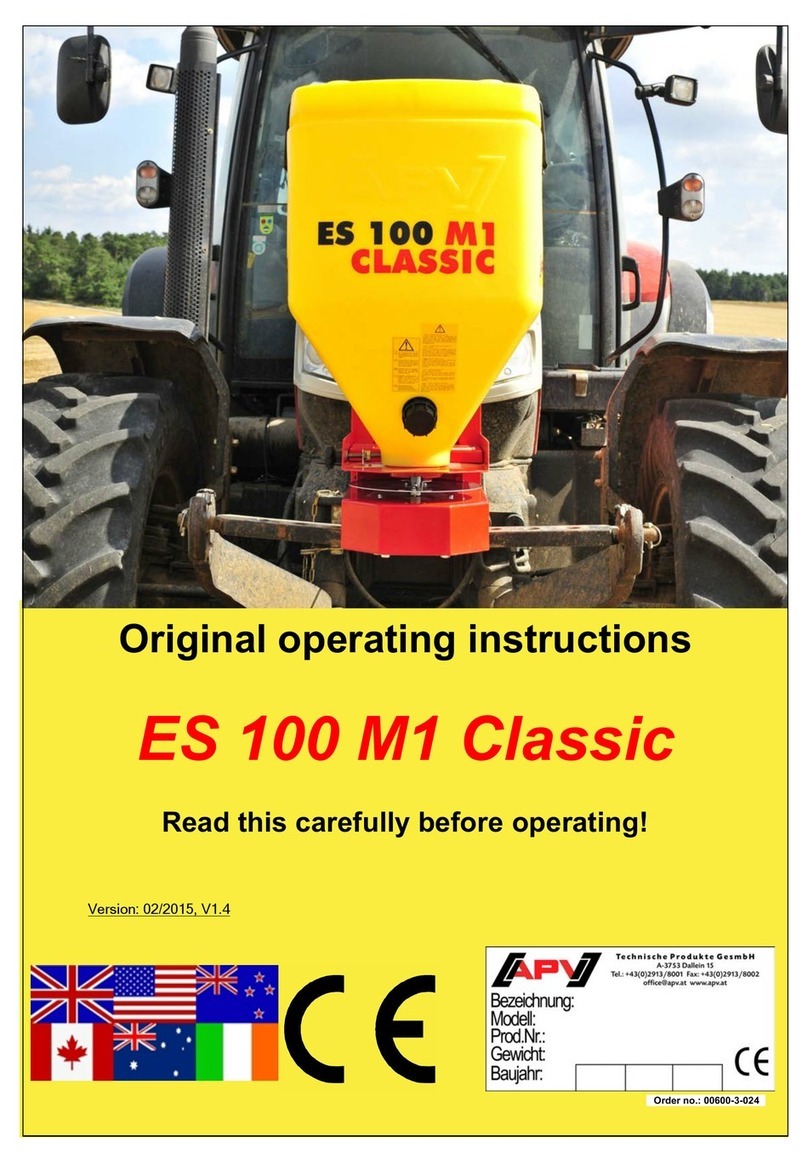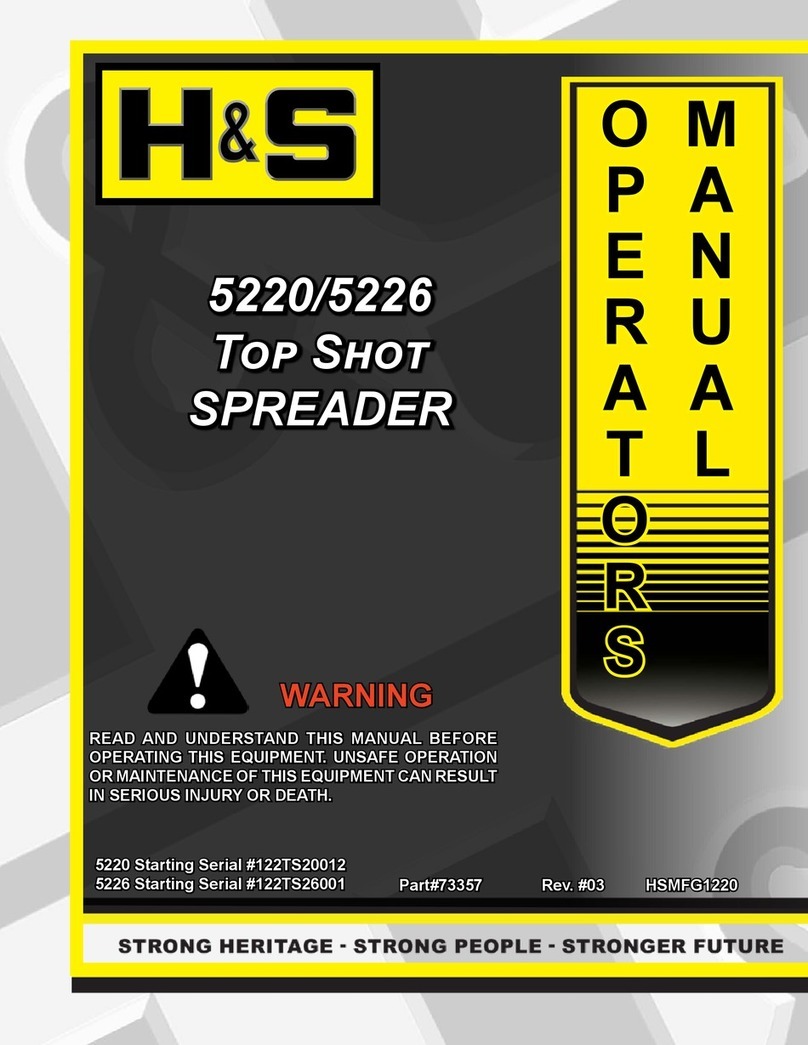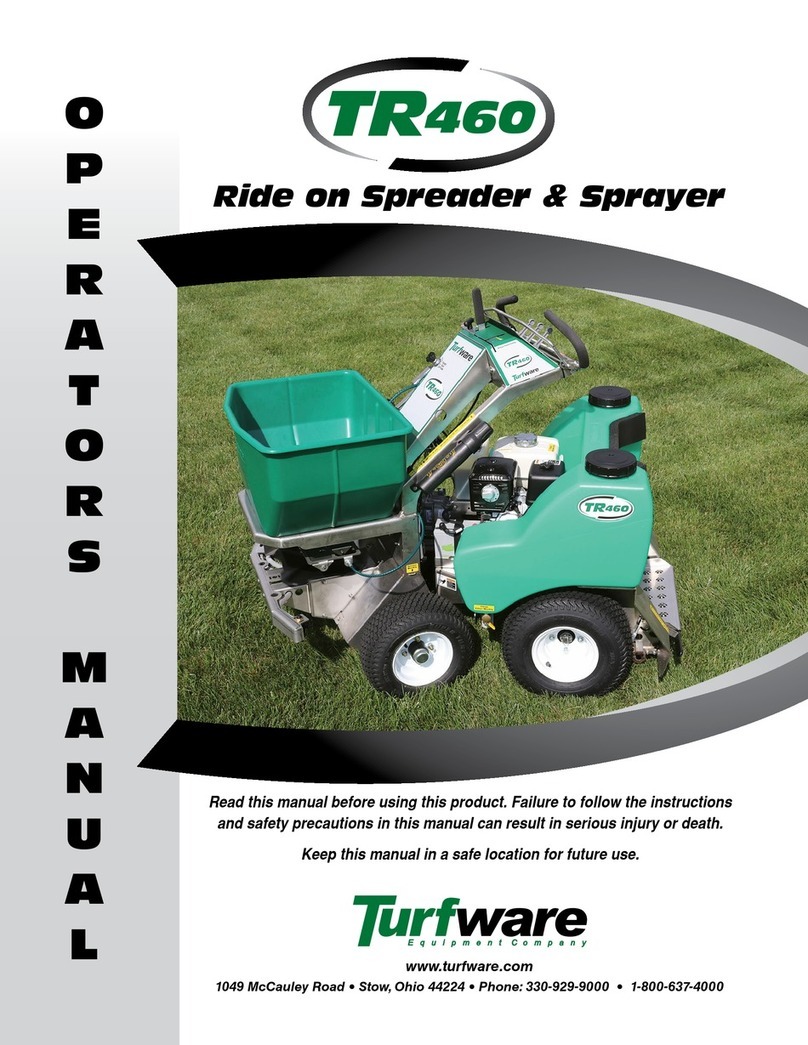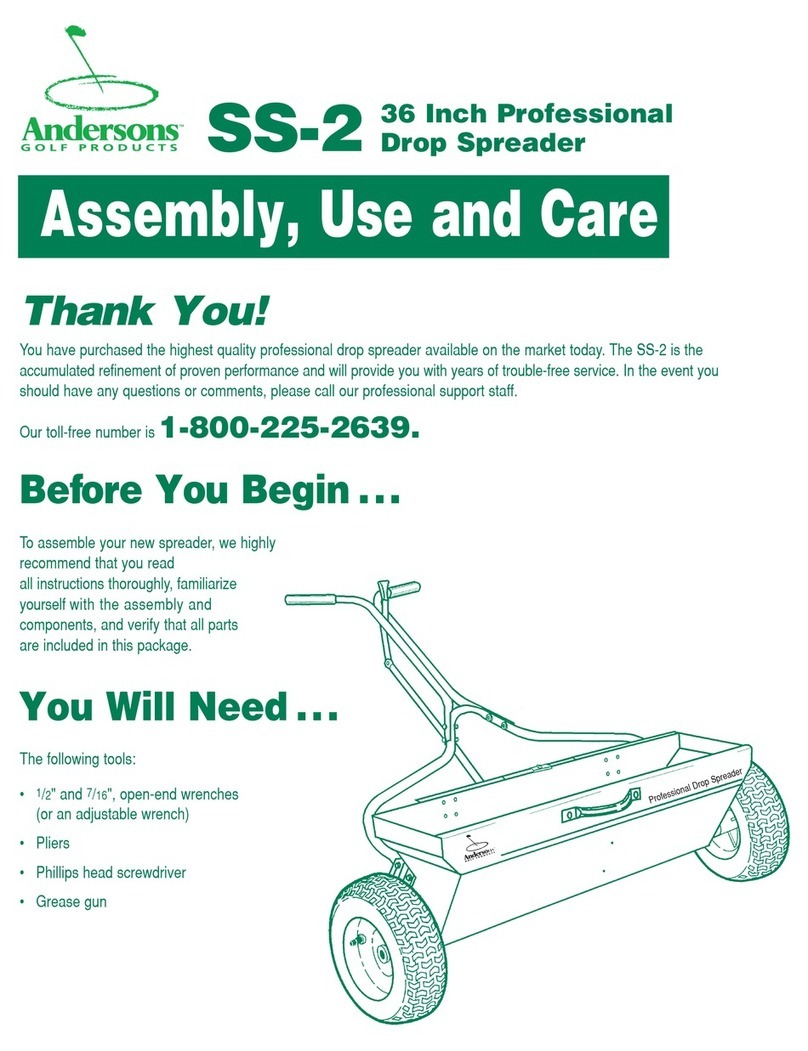
©Copyright AMKUS Rescue Systems, Inc. 2010 - 2019 LAS-002 August 19, 2019 Rev03
3
ADDITIONAL MANUALS
©Copyright AMKUS Rescue Systems, Inc. 2016 LAA-001 April 15, 2016 Rev00
DANGER Understand manual before use. Operating AMKUS Rescue Systems without understanding the
manual, receiving proper training, and using appropriate personal protective equipment is a
misuse of AMKUS equipment. Obtain safety information at www.amkus.com/
This Safety Manual is intended to familiarize rescue workers and maintenance personnel with the safety messages of AMKUS
Rescue Systems, including powered rescue tools (rams, cutters, spreaders, combination tools), power units (electric or gasoline
driven), and powered rescue tool components (cable assemblies, hose assemblies, hose reels, etc.). The safety messages in this
publication supersede safety information appearing in AMKUS publications prior to April 2016.
This manual is intended for use with manuals published by manufacturers of prime movers (engines, electric motors, and pumps)
used in AMKUS power units.
This manual does NOT address operation or servicing of AMKUS Rescue Systems. Only competent rescue tool repair technicians
are quali¿ ed to repair AMKUS equipment. This manual should be available to all personnel involved with AMKUS equipment.
SAFETY MANUAL for AMKUS
RESCUE SYSTEMS
AMKUS RESCUE SYSTEMS
amkus.com
4201 Montdale Drive, Valparaiso, IN 46383-4098 USA
800-592-6587 • 630-515-1800 • Fax 219-476-1669
Safety Manual For AMKUS Rescue Systems
LAA-001
©Copyright AMKUS Rescue Systems, Inc. 2014-2016 LAA-004 December 8, 2016 Rev04
SAFETY DATA SHEET
According to OSHA Hazard Communication
Standard, 29 CFR 1910.1200
AMKUS RESCUE SYSTEMS
amkus.com
4201 Montdale Drive, Valparaiso, IN 46383-4098 USA
800-592-6587 • 219-548-5000 • Fax 219-476-1669
SECTION 1. IDENTIFICATION
DIULF CILUARDYH 1VM SUKMAemaN tcudorP
Manufacturers of suppliers details
AMKUS RESCUE SYSTEMS, INC.
4201 Montdale Drive
Valparaiso, IN 46383-4098 USA
0005-845-912tseuqeR SDS
Customer Service
Emergency telephone number
CERTMEHC 0039-424-008noitamrofn
I llipS
Health Information
Recommend use of the chemical and restrictions on use
lio ciluardyHesU dednemmoceR
SECTION 2. HAZARDS IDENTIFICATION
GHS Classi¿ cation
Not a hazardous substance or mixture
GHS Label element
deriuqer lobmys drazah oNsmargotcip drazaH
drow langis oNdrow
langiS
:SDRAZAH LACISYHPstnemetatS drazaH
Not classi¿ ed as a physical hazard under GHS criteria.
HEALTH HAZARDS:
Not classi¿ ed as a health hazard under GHS criteria.
ENVIRONMENTAL HAZARDS:
Not classi¿ ed as an environmental hazard under GHS criteria.
Precautionary statements
Prevention: No precautionary phrases.
Response: No precautionary phrases.
Storage: No precautionary phrases.
Disposal: No precautionary phrases.
Other hazards which do not result in classi¿ cation
Prolonged or repeated skin contact without proper cleaning can clog the pores of the skin resulting in disorders
such as oil acne/folliculitis.
Used oil may contain harmful impurities.
High-pressure injection under the skin may cause serious damage including local necrosis.
Not classi¿ ed as À ammable but will burn.
The classi¿ cation of this material is based on OSHA HCS 2012 criteria.
Under normal conditions of use or in a foreseeable emergency, this product does not meet the de¿ nition of
a hazardous chemical when evaluated according to the OSHA Hazard Communication Standard, 29 CFR
1910.1200.
Safety Data Sheet AMKUS MV1 Hydraulic Fluid
LAA-004
